Guayaquil’s role as a gateway to the Galapagos Islands makes it a transit point for many travelers, and though it often gets bypassed, we believe it’s worth a stop. The city has a unique charm that surprised us. Founded in 1538, Guayaquil is one of Ecuador’s oldest cities, and despite modernization, you can still find historical architecture that reveals the layers of Ecuadorian history.
Planning your Ecuador adventure? While Guayaquil may be your gateway to the Galapagos Islands, it’s also a city filled with unique sights and cultural experiences. Get a FREE personalized Guayaquil itinerary designed by local experts to explore this vibrant city safely and comfortably. Your booking supports this blog and Ecuadorian communities!
Plan perfect trip to Ecuador & Galapagos
I spent countless hours researching everything about traveling to Ecuador, and I created this blog for fellow travel enthusiasts who want the best, most reliable information. But if you want to save time, we’ve partnered with the top local agency to plan your dream trip.
However, Guayaquil is also known as Ecuador’s most dangerous city, so tourists, including us, need to stay cautious.
As with the rest of Ecuador, we wanted to explore Guayaquil on our own, but within just three hours, two unsettling incidents occurred:
- While driving to return our rental car, random men started washing our windows despite us clearly asking them not to. When we refused to give them money, they began aggressively punching the car. I had to quickly drive away on a busy road to avoid further trouble.
- After checking into our hotel, we decided to walk to a nearby restaurant just 10 minutes away. On our way back, a sketchy man approached us speaking Spanish. We couldn’t understand what he wanted, but he followed us closely all the way back to the hotel. Thankfully, the hotel’s security staff intervened and pushed him away.
So yeah, when people say that Guayaquil is unsafe, it is true and our hotel was in a good area!
We didn’t feel comfortable exploring on our own, so we opted for a city tour — a choice we didn’t regret!
Still, compared to many other Ecuadorian cities, Guayaquil was our least favorite. Maybe it was because of the rough first impression, but we didn’t feel that this city is a must-visit for tourists. Additionally, the cool day trips are located too far from Guayaquil to make them convenient. That said, let me share the top 10 things you can do within 1–2 days in the city.
Guayaquil was one of the cities we visited during our 15-day self-drive trip on Ecuador Mainland.
Things to do in Guayaquil
We’ve put together a list of top activities to enjoy while you’re in Guayaquil, so grab your notepad if you’re planning your itinerary! Just a reminder — if you’re interested in exploring specific parts of the city, it’s best to be extra cautious. Hiring a city guide on Viator or booking a free walking tour is an affordable and safer option to make the most of your visit to Guayaquil.
Stroll in Malecón 2000
Known to locals as Malecón dos mil, this riverfront promenade was constructed in 2000, just as its name hints. We loved strolling along this 2.5-kilometer stretch, taking in the beautiful views of the Guayas River. The promenade is a lively spot, complete with shops, museums, gardens, and restaurants, making it perfect for a leisurely day out.
Climb the 465 Steps in Santa Ana Hill
Santa Ana’s hillside neighborhood is a colorful gem you just can’t miss! The bright houses, charming small-town vibe, and winding path up to the top are irresistible. As we climbed, each numbered step led us to quaint shops, cozy cafes, galleries, and even some enticing restaurants. We stopped more than a few times just to take it all in—it’s easy to lose track of the steps when each spot feels like its own little discovery.
At the summit, the El Faro lighthouse stands tall next to a charming little church, and the view from up there is absolutely worth every step. The panorama of Guayaquil sprawled beneath us made the climb feel like an accomplishment. And at the base of Santa Ana, Numa Pompilio Llona’s cobblestone street added even more charm, with its storybook-like shops and inviting atmosphere.
Explore Downtown Guayaquil
Downtown Guayaquil is also worth visiting as you can explore churches, parks, and other grand architectures here. Aside from Parque Bolivar, you can also visit these places in Downtown Guayaquil:
Metropolitan Cathedral
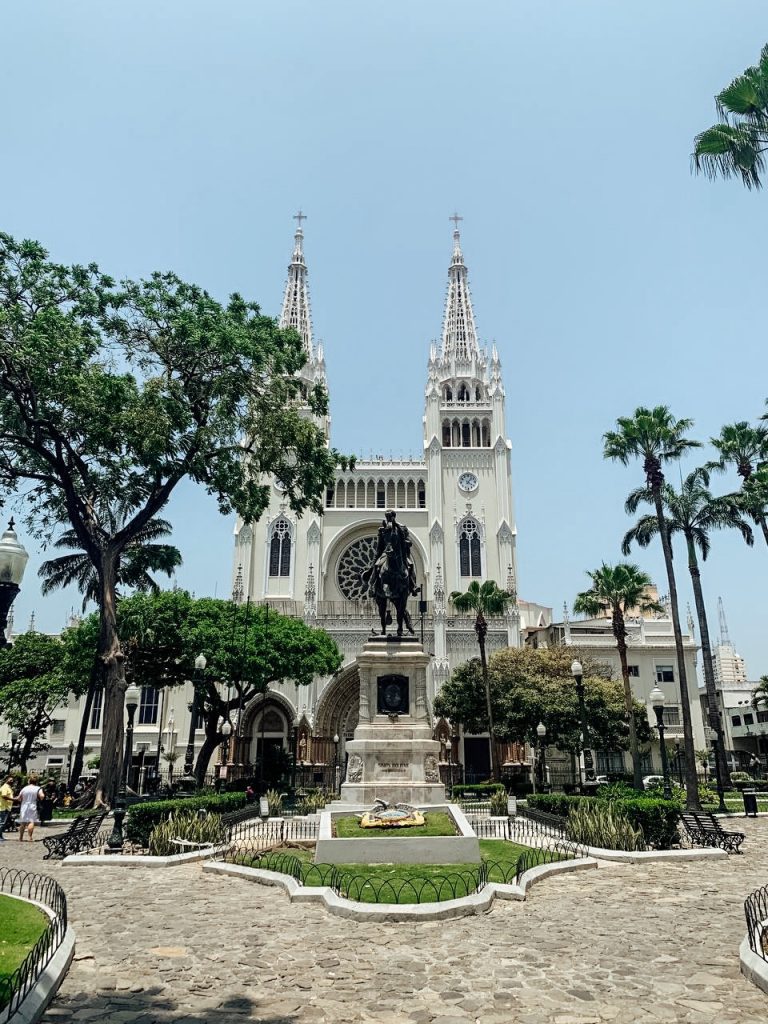
The Metropolitan Cathedral stands proudly as the main cathedral of Guayaquil, right in the heart of the city. Situated just across from Parque Bolivar, it’s a landmark you can’t miss. The cathedral’s architecture is both imposing and beautiful, adding a touch of grandeur to the bustling center of Guayaquil. Whether you’re just passing by or planning to step inside, it’s well worth a visit, especially if you’re already exploring the area around Parque Bolivar.
Iglesia de San Francisco
Iglesia de San Francisco may be simple, but it has a charm that truly stands out. Located in a peaceful spot with trees, benches, and a quaint fountain right out front, it’s the perfect place to pause, take in the surroundings, and relax. The calm atmosphere around the church made it an unexpectedly lovely stop on our walk around the city.
Municipal Palace
The Municipal Palace is an impressive sight with its immaculate architecture symbolizing Guayaquil’s independence. This historic building isn’t just beautiful—it’s the hub of the city’s political and economic activities. Standing in front of it, we could feel the pride and significance it holds for the city and its residents. It’s definitely worth stopping by for a closer look!
Avenida 9 de Octubre
Avenida 9 de Octubre is the bustling heart of Guayaquil’s commercial district. Walking along this main road, we saw many of the city’s tallest buildings, hosting shopping centers, banks, hotels, and even foreign embassies. It’s the perfect spot to experience the city’s modern, vibrant side and to get a sense of its commercial energy.
Learn More About Guayaquil’s History in Parque Histórico de Guayaquil
Parque Histórico de Guayaquil is a fascinating spot with three distinct zones: wildlife, traditions, and urban. We started in the wildlife zone, where we saw diverse animals and the lush flora and fauna native to Guayaquil. The traditions zone was like stepping back in time; the beautifully restored casas showcased the lifestyle of Ecuadorian agriculture workers. Finally, the urban zone preserved Guayaquil’s heritage houses, offering a glimpse into the city’s architectural history. Each area adds a unique piece to the puzzle of Guayaquil’s rich cultural and natural heritage.
Have questions about your upcoming Galapagos trip? Join my Galapagos Reddit community and ask other travelers who recently visited the islands. Get up-to-date tips, real experiences, and honest advice from other travelers (I ban tour agencies and resellers).
Parque del Centenario
Parque del Centenario is one of Guayaquil’s largest parks, and it’s a serene spot to take a break from the city’s bustling streets. We admired the Columna a los Próceres, a striking monument honoring the heroes who fought for the city’s independence. Walking around this spacious green park felt refreshing, with plenty of shady spots to relax and enjoy the surroundings.
See The Iguanas in Parque Seminario or also known as Parque Bolivar
Parque Seminario, also called Parque Bolivar or Parque de las Iguanas, was one of our favorite stops! This quirky spot is known for its resident iguanas lounging all around the park’s center. The iguanas are incredibly tame, adding a unique charm to the experience as they wander freely and sometimes even get fed by locals. Located just three blocks from Malecón 2000 and across from the Metropolitan Cathedral, this park offers a delightful and memorable encounter right in the heart of the city.
Museum of Anthropology and Contemporary Art
The Museum of Anthropology and Contemporary Art (MAAC) is a must-visit, conveniently located right along Malecón 2000. We loved exploring its exhibits, which cover everything from Ecuadorian archaeology to fascinating contemporary art pieces. Plus, admission is free, making it an easy addition to any itinerary—especially if you’re already strolling the Malecón.
How to Get to Guayaquil
Jose Joaquin de Olmedo International Airport, Ecuador’s second busiest airport, offers flights from major U.S. cities, making it accessible for international travelers. If you’re traveling domestically from Quito or Cuenca, catching a bus is a breeze, with departures every hour, ensuring a smooth connection to or from Guayaquil.
How to get around Guayaquil
- By Uber: We found Uber to be the safest and most convenient way to get around Guayaquil, especially for non-Spanish speakers. The app makes it easy to navigate without needing to communicate directly with drivers in Spanish.
- By Taxi: Taxis are generally cheaper than Uber, but since they’re not metered in Guayaquil, tourists can sometimes face inflated prices. If you choose to take a taxi, ask your accommodation for help arranging a private service to avoid any misunderstandings.
- By Bus: Metrovia, Guayaquil’s modern bus line, is an affordable option to explore the city. While it’s the cheapest way to get around, we opted for Uber most of the time for added safety and convenience, particularly if you’re not fluent in Spanish.
Hire a guide
If you’d rather avoid managing transportation yourself, hiring a city guide on Viator is a great option—they come with a vehicle, making it super convenient. Plus, it’s surprisingly affordable and offers a safer way to explore Guayaquil. Alternatively, there’s also the option of a free walking tour with a local guide. You can simply enjoy the tour, and if you like it, you decide on a tip at the end.
Best time to visit Guayaquil
The best time to visit Guayaquil is during the dry season, from July to October. While it’s still hot, the humidity is noticeably lower, making it more comfortable. Rain is less common during these months, though an umbrella is always handy in Ecuador’s unpredictable climate!
Is Guayaquil safe to visit?
Some tourists worry about safety in traveling around Guayaquil. After all, it has a reputation to be the most dangerous city in Ecuador. Nonetheless, we can say that it is generally safe to tour around the city. But just like in any other city, tourists should always take precautions and be vigilant with pickpockets. If possible stick with using Uber when traveling around the city or if you are going to use a cab, ask for the hostel or hotel’s help to call one for you to avoid scammers. Police and security guards are also visible and present in tourist attractions to ensure safety. You can read more in our article “Is Guayaquil Safe for Tourists?“.
Safety is a common concern for tourists visiting Guayaquil, given its reputation as Ecuador’s most dangerous city. However, our experience suggests it’s generally safe to explore the city, as long as you stay cautious. Like in any urban area, it’s wise to be vigilant for pickpockets and scams. We found it best to use Uber for getting around or, if you need a taxi, to have your hotel or hostel call one for you to avoid potential issues. Tourist attractions are typically well-monitored by police and security personnel, adding an extra layer of safety. For a deeper dive, check out our article, “Is Guayaquil Safe for Tourists?”
Where to stay in Guayaquil
We recommend staying near Malecón 2000, as we found it to be one of the safer areas for tourists in Guayaquil. The vibrant neighborhoods of Las Peñas and the City Center are also great choices. For budget-conscious solo travelers or couples, hostels in Guayaquil range from about $10 to $30 per night. If you’re after more comfort, there are numerous hotels with rates between $25 and $100 or more, offering a range of amenities and a cozy place to recharge after a day of exploring.
Recommended Hotels
Wyndham Guayaquil
We stayed at this hotel, and I can’t recommend it enough! Everything was top-notch, especially for such an affordable price (only $150 per night, but be sure to check the current price here). The security was excellent, making us feel comfortable throughout our stay. The location in the Malecón 2000 area was ideal for tourists, adding a layer of safety while being close to the main attractions. They even provided a free shuttle to and from the airport—a huge convenience worth noting.
Hotel Ramada
This hotel is located in Malecón 2000 area. It has a sauna, indoor pool, solarium, and fitness center. They also offer free wi-fi. Check the current price here.
Hotel Del Centro
Hotel Del Centro is located in the commercial district of Guayaquil. They offer free parking and wi-fi. Check the current price here.
Hotel Palace Guayaquil
This top choice hotel is only a 10-minute drive away from the airport. The hotel rooms are modern and they also offer free wi-fi. Check the current price here.
Hotel Boutique Mansion Del Rio
Hotel Boutique Mansion Del Rio is a luxurious and elegant boutique mansion that was originally part of the Ecuadorian architectural patrimony. They offer free parking and wi-fi. Check the current price here.
AirBnBs
If you’re planning to stay in Guayaquil for an extended period, booking an Airbnb might seem appealing due to the variety and flexibility it offers. From minimalist studios in the city center to luxurious suites with river views, you’ll find options starting around $25 per night, depending on the type, number of guests, and length of stay. However, we’d actually recommend sticking with hotels for safety reasons, especially in Guayaquil. We heard quite a few unsettling stories about Airbnb rentals here, so a hotel stay might offer better security and peace of mind.
Guayaquil Climate, and Weather
Guayaquil’s weather is hot year-round, and if you’re visiting between January and April, be prepared for the rainy season. Even outside of these months, it’s smart to have a compact, foldable umbrella and a rain jacket handy. And don’t forget sunscreen—whether rain or shine, Guayaquil’s sun can be strong!
Heading to the Galapagos through Guayaquil? Make the most of your stop! From historic neighborhoods to waterfront strolls, Guayaquil offers surprises at every corner. Let trusted local experts craft a FREE travel plan tailored to your preferences. Booking through them supports our blog and the local community.
What to eat in Guayaquil?
Here are some of the local grub bites worth trying in Guayaquil:
Cangrejo Criolle
Whether you’re in Guayaquil for a night or a few days, don’t miss out on trying Cangrejo Criollo, the city’s beloved local dish! The crab meat, bursting with flavor, is boiled in beer with a mix of spices that elevate every bite. It’s hands down one of the best Ecuadorian dishes we’ve ever tasted!
Pan De Yuca
Pan de Yuca is a small, round bread made from cassava starch and cheese, a popular appetizer in Ecuador. With its crispy crust and slightly spongy interior, it’s the perfect balance of textures. Traditionally, it’s enjoyed with a cup of coffee, making it a staple for breakfast or a midday snack. We found it to be a delicious, comforting treat throughout our travels!
Pilsener
Pilsener is Ecuador’s national beer, beloved throughout the country. You can easily find it just about anywhere, but for a deeper connection to its history, head to Casa Pilsener. This Pilsener-themed restaurant is built on the original brewery site, offering a unique setting steeped in history. The ambiance is cozy and lively, making it a great spot to enjoy a cold Pilsener while soaking up Ecuadorian culture. Whether you’re inside or out on their charming patio, it’s a must-visit for any beer enthusiast
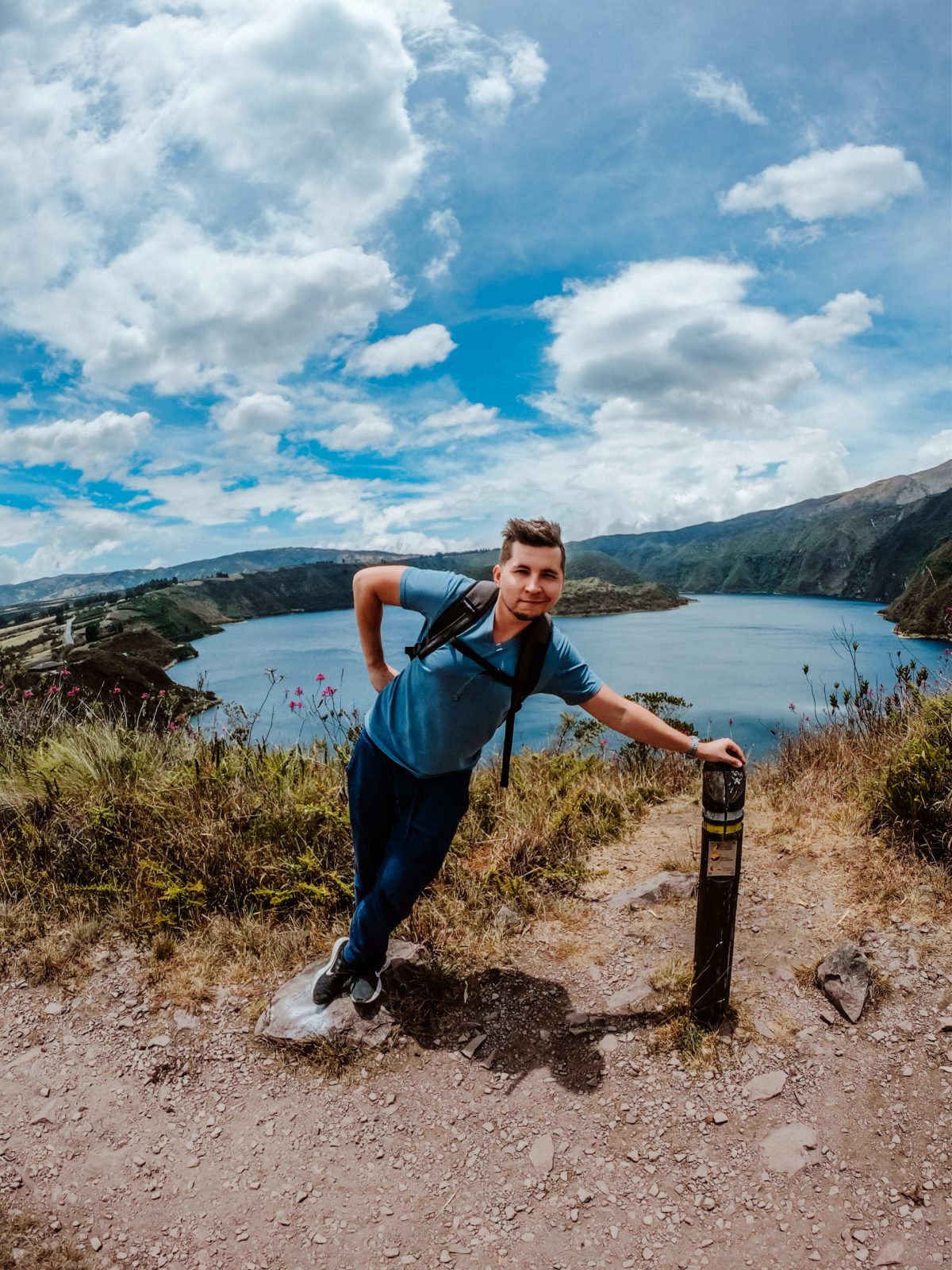
Planning trip to Ecuador?
My wife and I rented a car for 15 days and traveled from the northern part of Ecuador to the south, visiting amazing cities like Quito, Otavalo, Baños, Cuenca, and Guayaquil. Along the way, we explored iconic places such as Cotopaxi National Park, Quilotoa Lake, and many more breathtaking destinations.
Not many blogs cover traveling in Ecuador in detail, so I spent nearly three weeks creating this comprehensive Ecuador travel guide based on our trip. It’s packed with everything you need to know, and honestly, I consider it the best free travel guide about Ecuador out there.
If you’re planning a trip to Ecuador, don’t forget to use my link for discounted hotel prices through Booking.com. It’s a great way to support my blog while saving money on your accommodations!
Conclusion
Much like Quito, Guayaquil often finds itself labeled as a “transit city”—just a quick stop on the way to the Galapagos Islands. But despite its rough-around-the-edges reputation, Guayaquil has plenty to offer and is worth a closer look. There are vibrant neighborhoods, historic spots, and scenic areas that reveal a unique side of Ecuador. Whether you’re staying for a day or a week, Guayaquil has sights that will surprise you and make it more than just a gateway destination.
Guayaquil brims with culture and traditions that rival its neighboring cities. It’s truly a destination worth experiencing firsthand. Don’t miss the chance to explore this vibrant city—be sure to visit the attractions we’ve highlighted for an unforgettable adventure in Guayaquil.
However, I would say that the city is a must-visit since there are better things to do and see in Ecuador.
Plan perfect trip to Ecuador & Galapagos
I spent countless hours researching everything about traveling to Ecuador, and I created this blog for fellow travel enthusiasts who want the best, most reliable information. But if you want to save time, we’ve partnered with the top local agency to plan your dream trip.

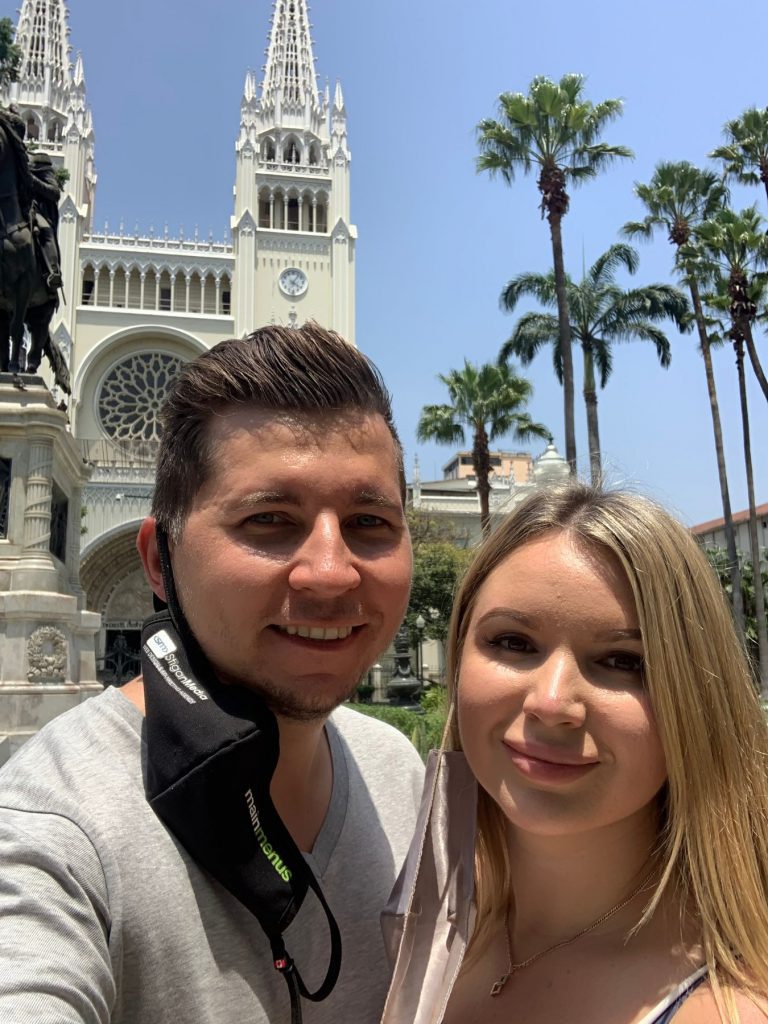
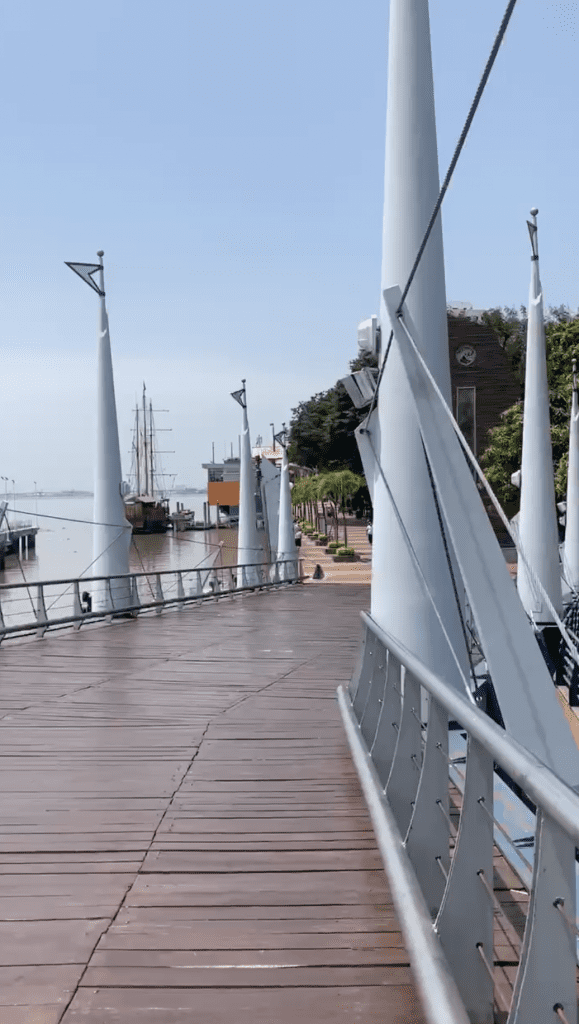
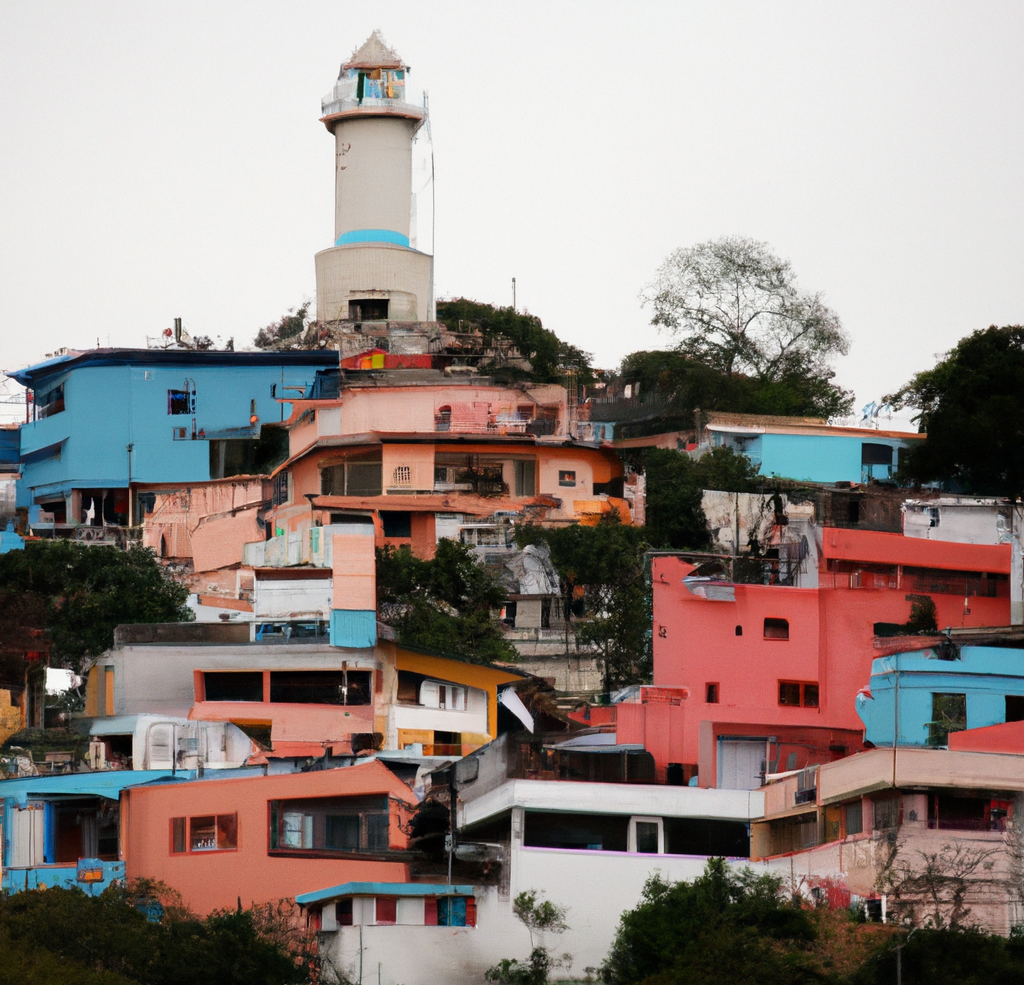
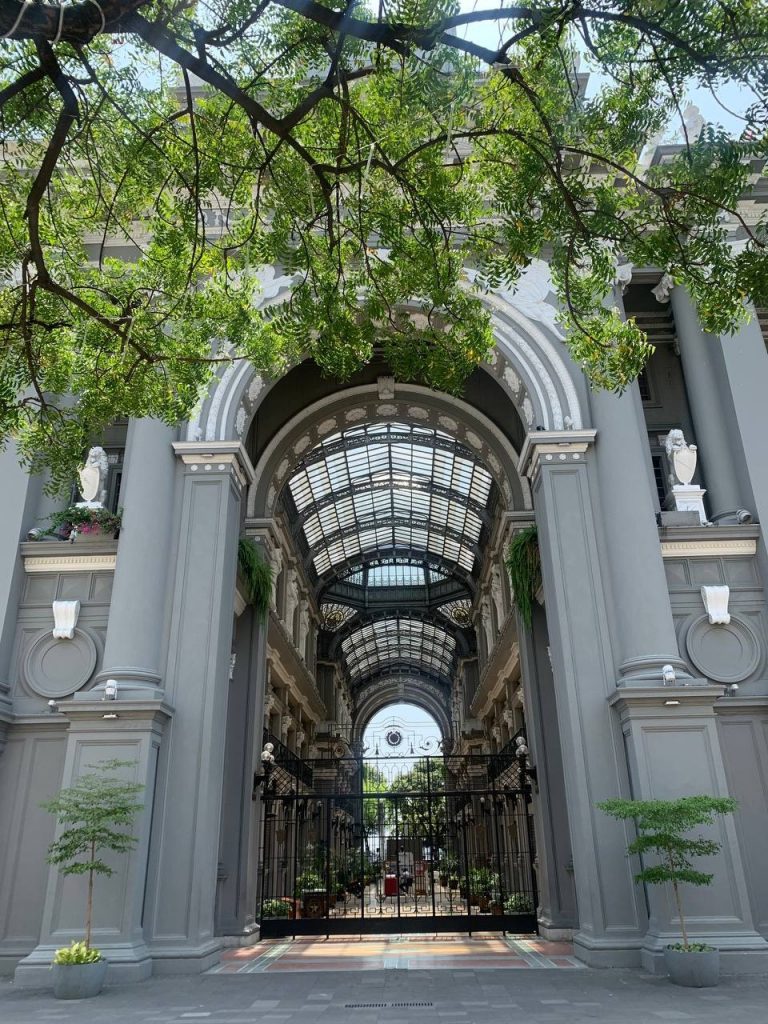
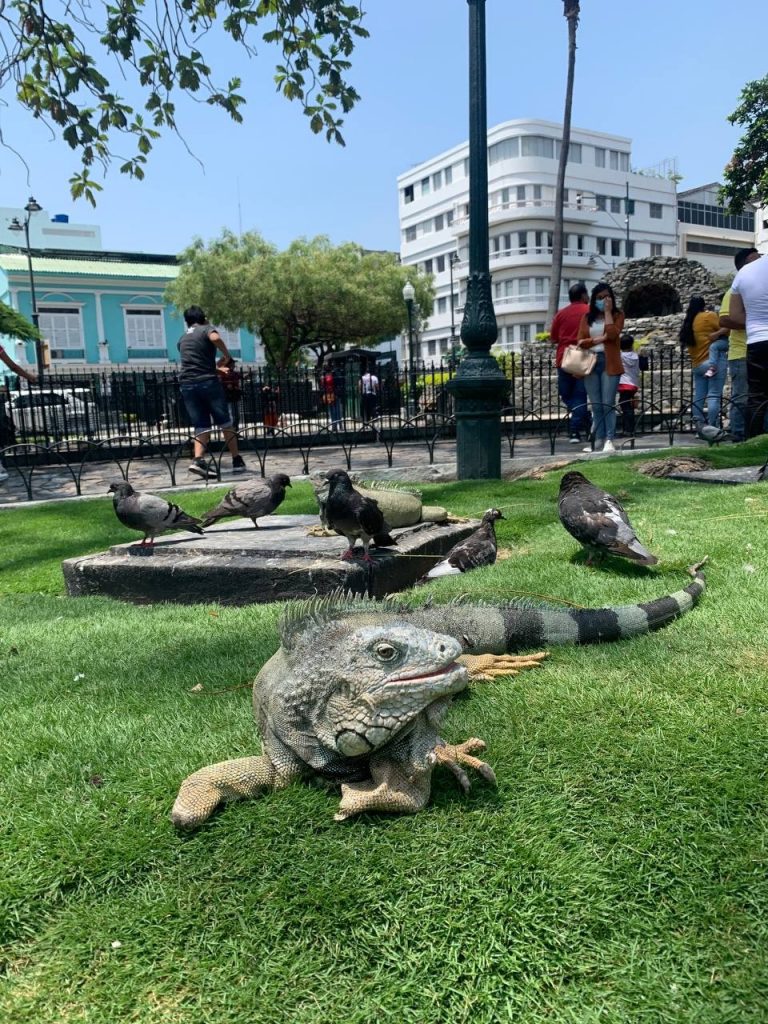





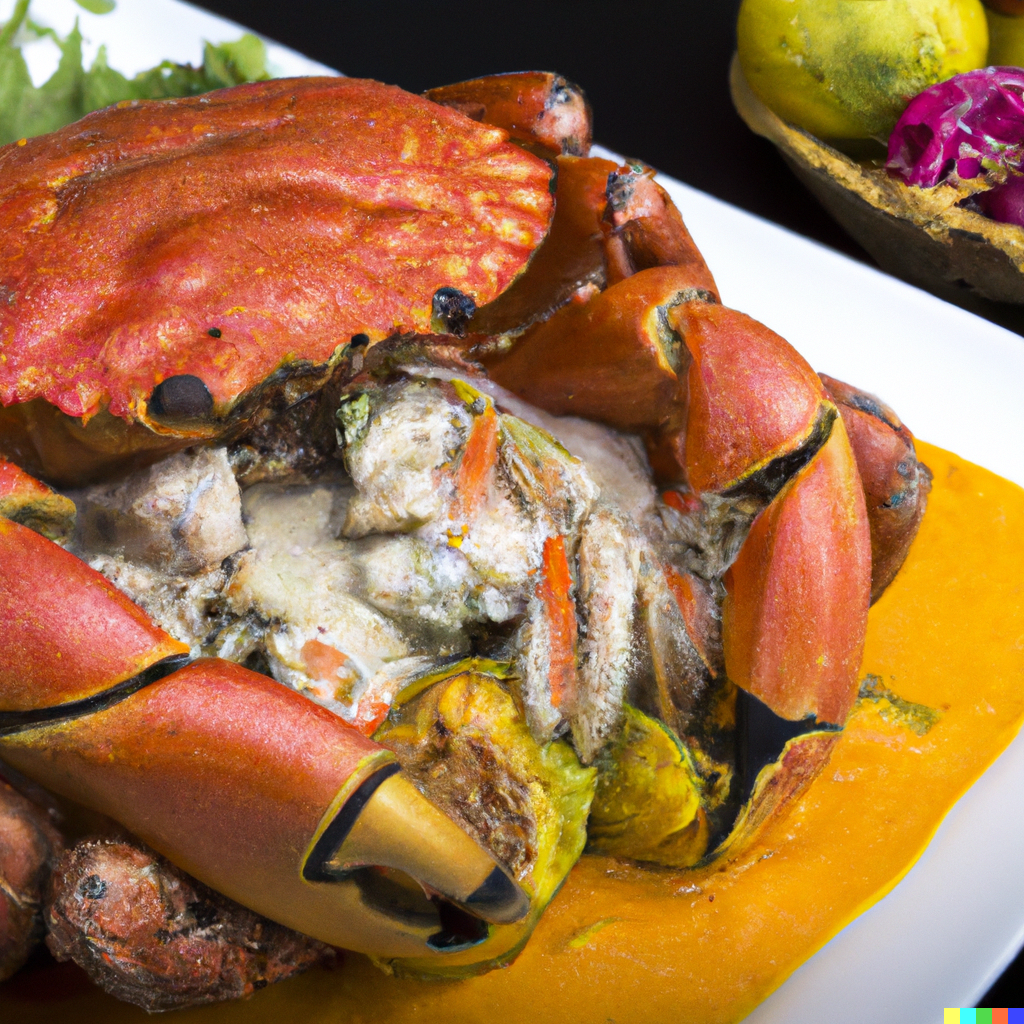
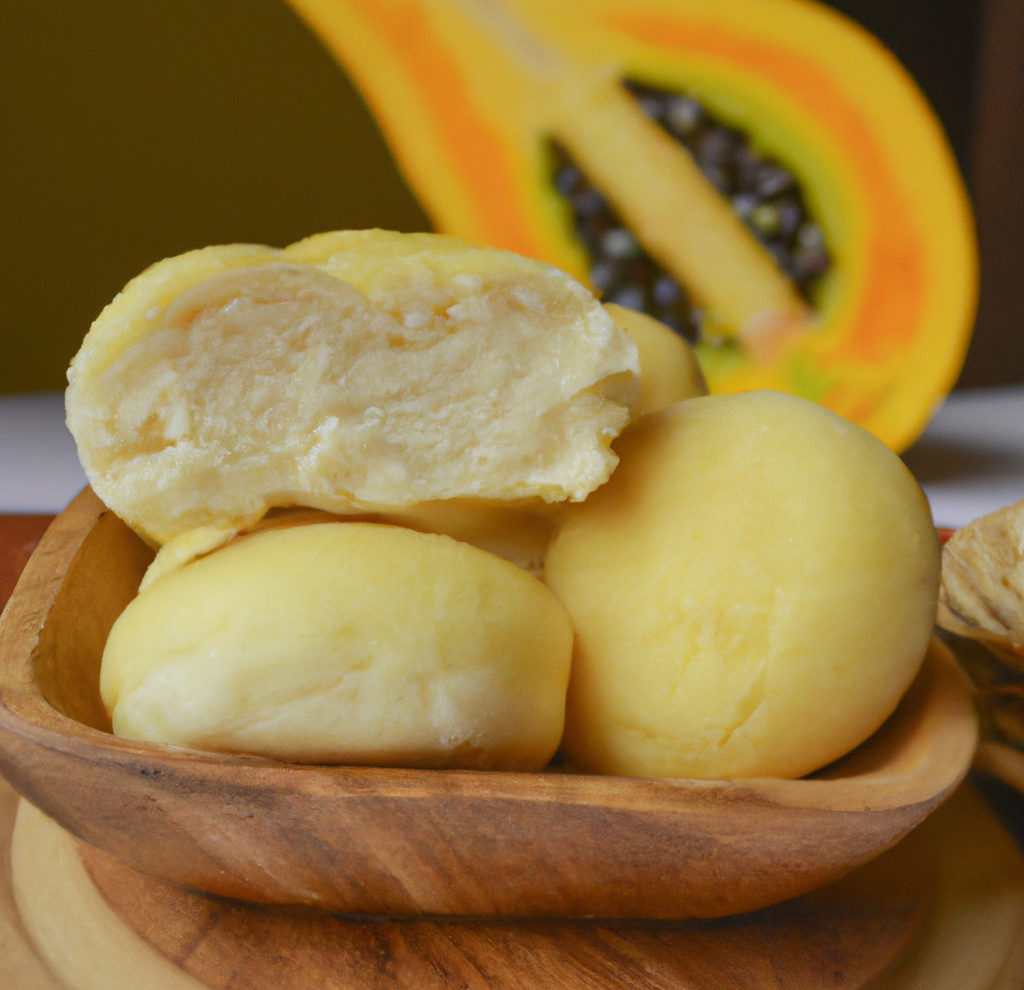
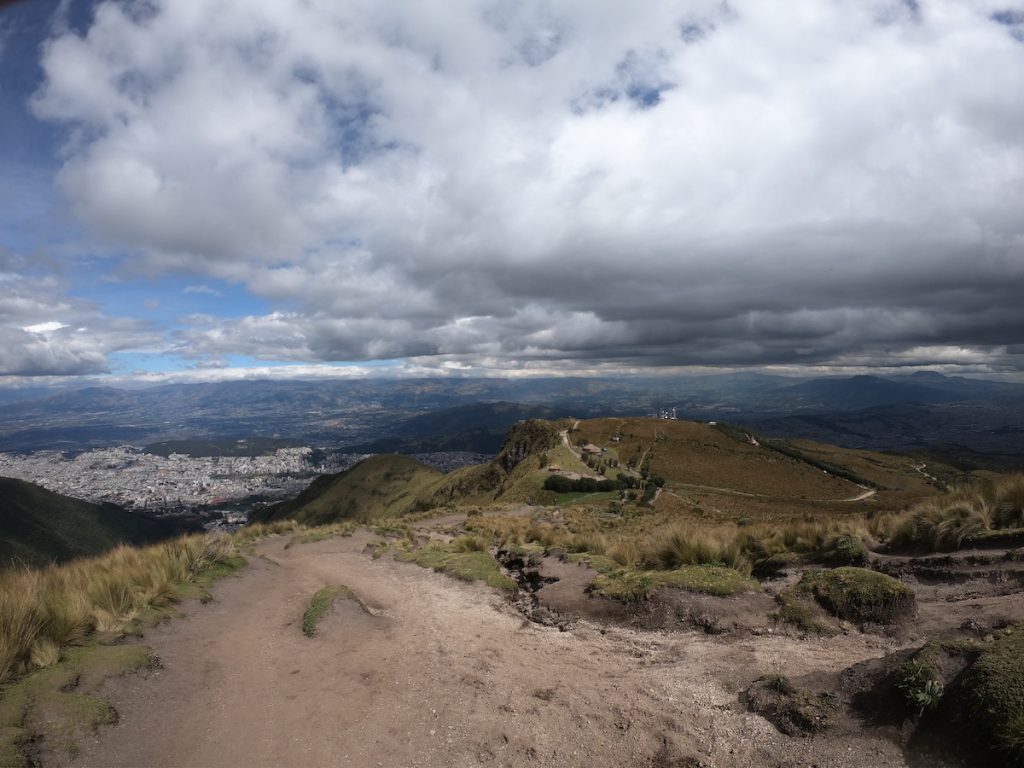

Hi, happy to have stumbled on your site while researching our trip departing Boston on Nov. 26. Worried about Guayaquil but have traveled a lot including Colombia so hope it’ll end up being like that. I don’t know if this is your scene at all, but do you know of any good rock record stores in G or Quito, or live music clubs? Those places may be in the sketchy part of town but didn’t know if you had any first hand experience. Thanks.
I don’t know where Oleg comes from, nor do I care. And I have actually lived and worked in Guayaquil, for a while. But the comment on the Pilsener originating in Ecuador, rather thrown me. The names like Pilsen (and Budweisser) come from Bohemia (now the Czech Republic). They are names of Czech towns, where the lager beer was first brewed hundreds of years ago. The guy obviously talks about something, he knows very little about ….
Sorry I mistyped and this sounds ridiculous indeed, thanks for pointing it out. I travelled in Guayaquil for a few days and shared my experience.
Your glass of Pilsen/er is half empty, dude